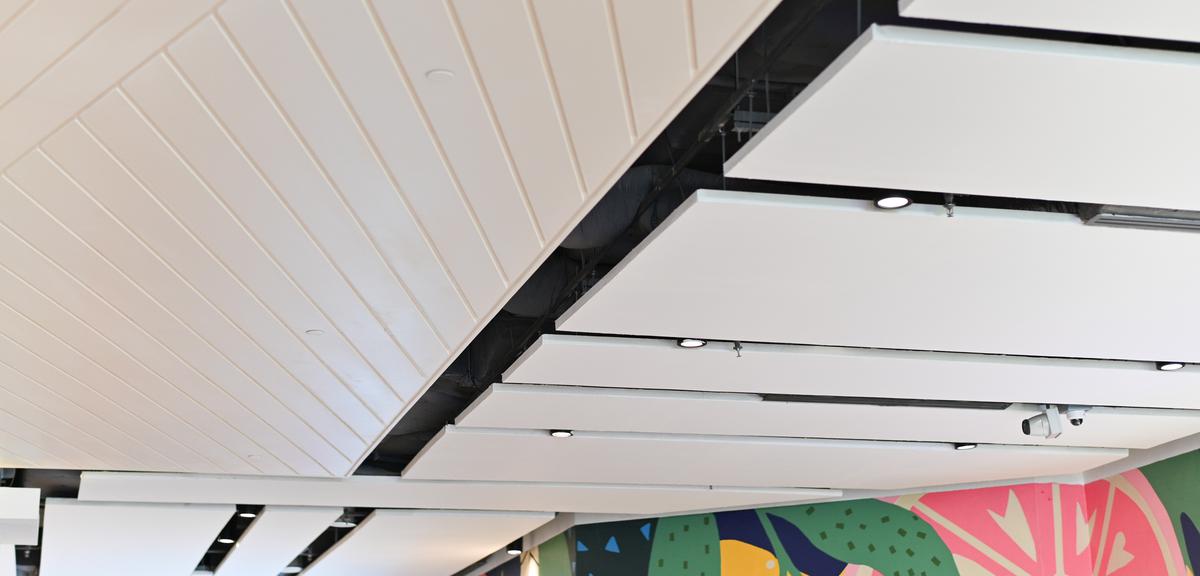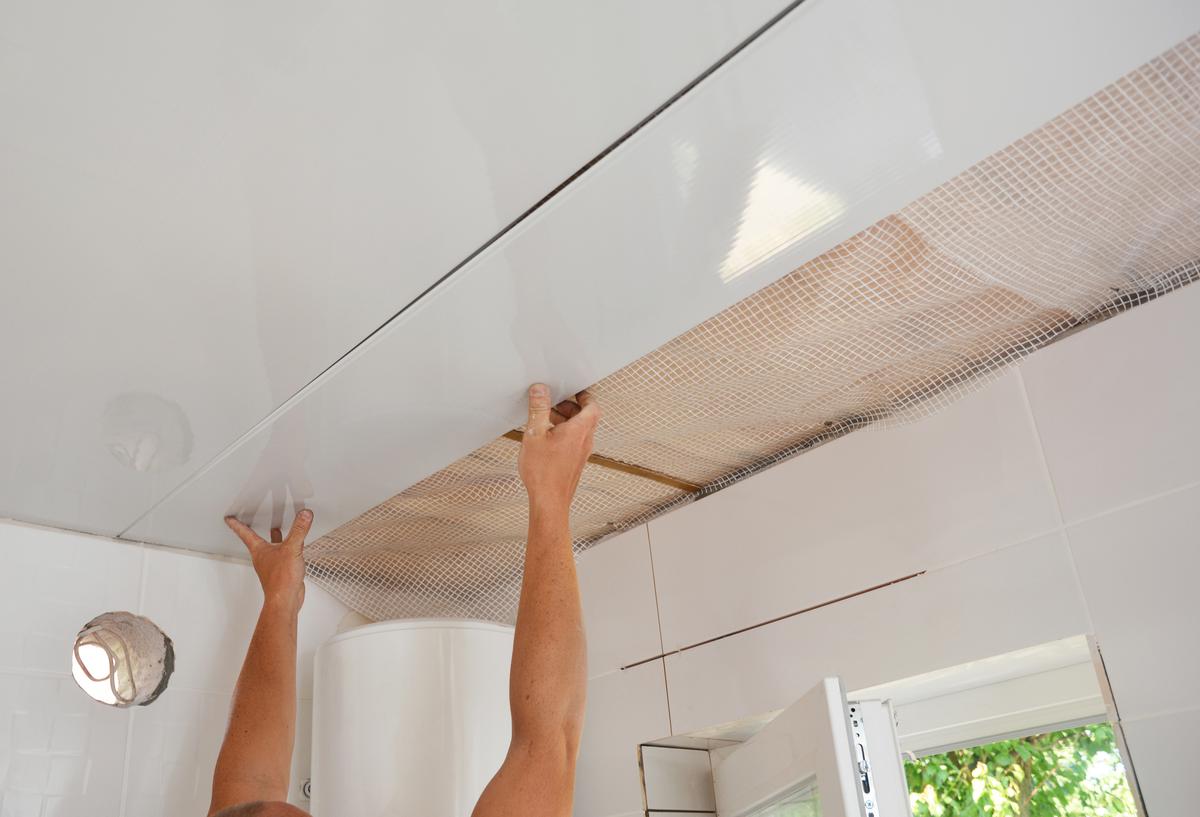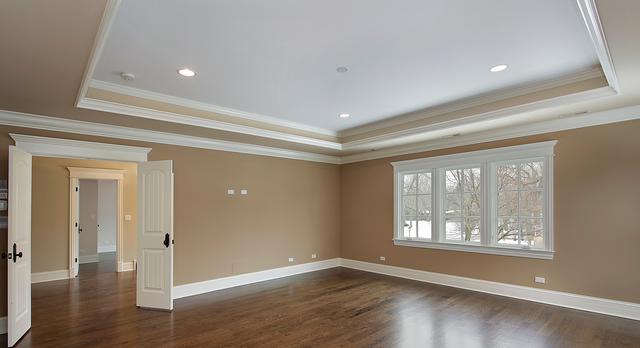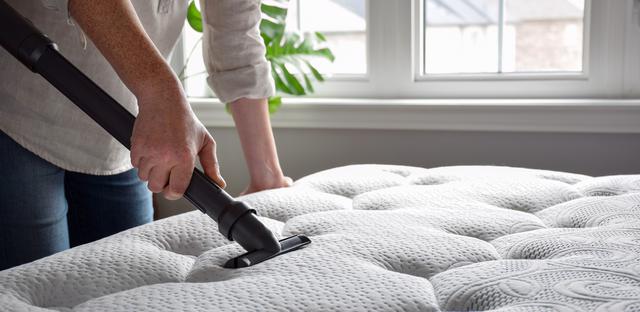Preparation and Safety
Start by preparing your workspace. Clear the area of furniture and cover the floor with a drop cloth to protect it from debris. Measure the room’s height and determine the desired height for the ceiling panels.
Safety is crucial. Use a ladder when needed and wear eye protection while cutting or handling materials. If you're working near wiring, ensure the electrical system is safe. Before beginning the installation, make sure all tools are in good condition and have all necessary materials on hand, including panels, grid components, and fasteners.
Mounting Techniques
The mounting process is essential for a secure installation. Begin by marking a level line around the room's perimeter, using a laser level for accuracy. Attach the wall angle along this line, securing it with screws. Next, measure and cut the main runners, placing them at intervals specified by your panel layout. For standard 2x2 panels, this spacing is usually 4 feet apart.
Hang the main runners from the ceiling using hanging wires, making sure they are level. Then, install the cross tees according to your panel configuration, securing them firmly to the main runners. This will create a stable grid for the panels.
Finishing Touches
After placing the panels, inspect the installation for gaps or misaligned sections and make adjustments as needed to achieve a clean finish. Consider adding trim or molding around the edges for a polished look. If you need to cut tiles, use a utility knife to ensure clean edges.
Clean up any dust that has accumulated during installation. For areas with lighting fixtures, double-check that all switches and connections are secure and safe. Paying attention to these details will enhance the overall appearance of your new ceiling.
Design and Aesthetics
Designing ceiling panels involves carefully considering elements like color, texture, and lighting to ensure they complement your overall architectural style. These factors significantly influence the ambiance of your space and are key to achieving your desired aesthetic.
Color and Texture Choices
Choosing the right color and texture is essential for setting the mood of your room. Lighter colors can create an open, airy feel, while darker shades add warmth and intimacy. Consider textured finishes such as wood grains, metallics, or fabric-covered panels to enhance visual interest and add depth to flat surfaces.
You might also explore using contrasting colors on different sections of the ceiling or incorporating patterned panels to create focal points. For instance, geometric patterns work well in modern settings, while rustic textures suit traditional interiors.
Lighting Considerations
Proper lighting is crucial for highlighting your ceiling panels and establishing the desired atmosphere. Recessed lighting offers a clean, modern look that accentuates texture and color without overwhelming the space. Pendant lights or chandeliers can serve as statement pieces, drawing attention to intricate ceiling designs.
When selecting fixtures, consider their scale and how they complement the room’s overall design. Dimmable fixtures are particularly useful, allowing you to adjust light intensity to create different moods. Layering ambient, task, and accent lighting ensures that your ceiling panels are fully integrated into the room's design.
Architectural Integration
Integrating ceiling panels with your room’s architectural style is vital for achieving a cohesive look. Whether your space is contemporary, traditional, or eclectic, your ceiling design should enhance the existing features.
For example, exposed beams can emphasize rustic charm, while sleek, minimalist panels suit modern environments. Consider how the ceiling interacts with walls and flooring—coordinating textures or colors can unify the space. Additionally, take into account architectural features like windows and doors that may affect the ceiling layout, ensuring your design flows seamlessly with the room’s overall characteristics.
Maintenance and Durability
Maintaining ceiling panels is essential for preserving their appearance and longevity. The material you choose will determine the maintenance required.









comments